DOG TRAINING OFFERED IN-PERSON AND ONLINEOur dog training services are delivered in almost any format that meets your needs. We have GROUP CLASSES at our indoor and outdoor facilities on our farm, ONLINE LIVE STREAMING classes, and SELF-PACED VIDEO-BASED training through our Online Dog Training Course. Our PRIVATE TRAININGS can be done in-home, outside, in public dog-friendly locations, at our facility on our farm, online via phone or video conferencing and through email. |
Do you have a reactive dog? One of the most common behavior issues I am asked for help in resolving is reactivity issues. One of the ways we work to address these issues is through the use of alternative behaviors.
For most dogs, this is reactivity on leash and can be directed toward other dogs, people, other animals, or vehicles. Or some combination of any or all of these.
This reactivity could also be displayed at home, generally toward passersby on the street or visitors to the home. It could also be displayed in the back yard at the fence line.
Sometimes this reactivity is called leash aggression. Or barrier aggression, especially if it's on the other side of a door, window or fence. Reactivity sometimes includes some aggressive displays. Some reactivity might look aggressive but actually is more about overexcitement or frustration. And sometimes it is about fear or insecurity. And in reality, sometimes it can be very hard to tell whether there are any actual aggressive behaviors mixed in there. What looks “aggressive” is not always.
That's why we often use the term “reactivity” rather than aggression, because that reactivity can be caused by a lot of different things. Regardless, though, we have an issue to address so no one gets hurt and so that dogs are better able to handle these situations.
When working with clients, one of the things we work on is alternative behaviors. If we do not want the current behaviors displayed with this reactivity, we need to help the dogs understand what to do INSTEAD.
Reactive behaviors might include things like barking, lunging, pulling on the leash, jumping up, whining, snarling, or snapping. You might see any combination of these or other behaviors. Generally, they fall under the “this is so embarrassing” category. You know, those behaviors that are sometimes difficult to control but that also make you embarrassed to take your dog anywhere in public.
When working on alternative behaviors, I generally have four categories of behaviors that I use. For some dogs, we will work on all four categories. For some, we will work on various combinations of these.
Which behaviors we choose depends on lots of things. Some of those include, what the dog is capable of, what the humans at the other end of the leash are comfortable working on, and a whole host of other things that could take up an entire blog post.
These four categories of behaviors are:
- Connection
- Self control or impulse control
- Relaxation
- Fun/Active
Connection is about helping your dog tune in with you. If your dog is tuned in with you, it's harder to over-react to other things. We want the dog to turn their focus away from whatever they are reacting to and connect or re-focus on you. If you do not want your dog fixating on that other dog, person, or whatever it is, you need to give them something to focus on. That's you. You can't give your primary focus to two things. So let's make sure you are the primary focus.
Connection activities include things like Eye Contact/Watch Me/Look and Touch/Nose Target. These activities require your dog to direct their focus on you. Making eye contact. Touching their nose to your hand. Or other activities that engage your dog directly with you.
While focus on you is good, one of the most important aspects of these activities is to take focus away from the object causing the reactivity. If we can take focus off the object of their fixation, then honestly, I am less concerned about whether they are focused directly on you or not. However, we do want dogs to be able to focus on you at times!
Self control or impulse control is all about your dog learning that just because that object draws their interest, it does not mean that your dog NEEDS to go after that object or stay fixated on it. We all need to learn to control our impulses. It's a daily practice for us, right?
Some of us are more disciplined at it than others. But it's important to note that self control is essentially a muscle we build. The more we practice, the better we get at it. Self control is something we can develop. That includes our dogs. The more we practice self control or impulse control, the better we get at it and the better we are able to deal with those big distractions in life.
Self control exercises include things like Wait or Stay. Anything that makes your dog hold back and resist temptation is a self control exercise. These are difficult exercises to do when something has your dog's interest peaked and your dog is overstimulated. But it is something they can learn to do!
Other self control exercises could includes things like Leave It. While I do think a good Leave It is a valuable skill to have, to be honest, I do not use it nearly as often as I used to. Because I am focusing primarily on those alternative behaviors that give your dog something specific to do. Leave It, if you think about it, is still about what NOT to do. It can be useful in certain situation, but it is not always the best option.
Relaxation exercises include things that help reduce your dog's stress and adrenaline levels. Things that help your dog feel more relaxed or that are associated with relaxing will help them to calm down.
One example might include a stretch. Think about when your dog naturally stretches. For most dogs, that is when they get up from sleeping. Those big stretches before they get going with whatever is happening next. How does your dog feel at that time? Usually pretty relaxed and chill, right? That's the feeling we are going for!
Relaxation exercises might also include things like a Down (usually the entire body is resting on the ground but the head is up) or a Sleep position (lying flat on their side with head down). Dogs would normally only be in these positions if they are feeling relaxed and comfortable and not feeling threatened or on edge.
What other positions might your dog be in that indicate they are feeling very relaxed and comfortable and NOT stressed? Look at what they do when they are just chilling out around home and get some ideas you can get them to do elsewhere.
Fake it 'til you make it. Have you heard that? That's exactly what we are going for with the relaxation exercises. Studies show that if you cause yourself to “fake it” you can impact how you actually feel. It's not a sure bet, of course, but sometimes we can help our dogs feel better by helping them “fake it” until they actually do start to feel a bit better about the situation.
Fun/Active exercises are all about helping to bring a bit of joy and fun to the situation. If you do the things that make you feel happy and joyful and playful, then maybe, just maybe, you will actually start to feel more playful, joyful, happy. What does your dog do when they are feeling happy?
Bouncy, playful behaviors are what we are looking for. Fun tricks like Spin, Shake, Over/Under, or other fun things can impact this feeling. Or fun games like Tug might be an option.
In addition to creating a more fun, playful feeling, the Fun exercises are also generally ACTIVE exercises. If I want to absorb some of that adrenaline pumping through my dog's body, asking for a Sit/Stay is not going to do it. If I can give my dog some active fun behaviors to do, I can help create an outlet for that adrenaline to go toward (rather than expended by lunging at that dog passing by.)
Think of the behaviors your dog displays when they are happy and wanting to engage in play. There are lots of different options here. However, remember that if your dog is reactive on leash and when out on walks, we need to choose activities you can do with your dog ON LEASH. So, something like Fetch is probably not a good choice.
To be successful with any of these alternative behaviors, we have to ensure the dogs know how to do these in less distracting situations first. Does your dog know these behaviors at home? How about outside at home? How about on your walk but before that big distraction shows up? If your dog can't do it pretty well elsewhere, don't expect them to be able to do it when that big distraction appears. Not yet.
Now, another part of the trick to being successful is figuring out when and how to use all of these behaviors. There are times and situations that will call for certain of these and definitely not others. Partly depends on how fluent your dog is with these behaviors and exactly how distracting that big distraction really is.
The help of a professional with plenty of experience with these issues will help you to implement in a way that helps your dog learn how to more appropriately deal with these things that cause such a big reaction right now. It seems daunting sometimes. Often times. But it's do-able. It just takes knowing how to set your dog up for success and work through steps in a way that does not overwhelm your dog. Or yourself.
If you have a reactive dog, we can help! Doing it all by yourself can be overwhelming. Getting a team in place to help you will also help your dog. And we want you both to be successful!
Our goal is to positively impact the lives of as many dogs and their families as we can, in part through our extensive library of video, infographics and text articles. |

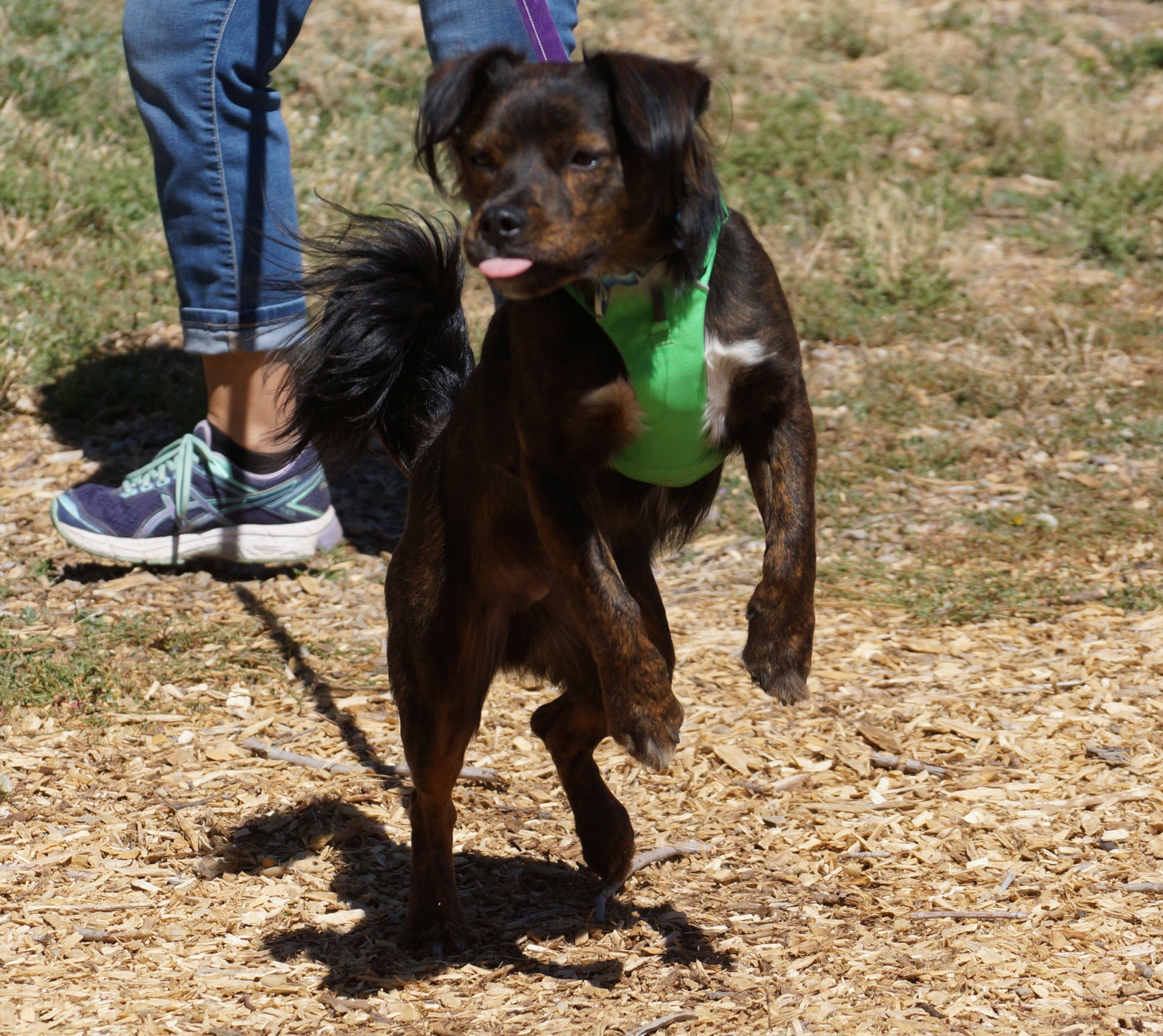
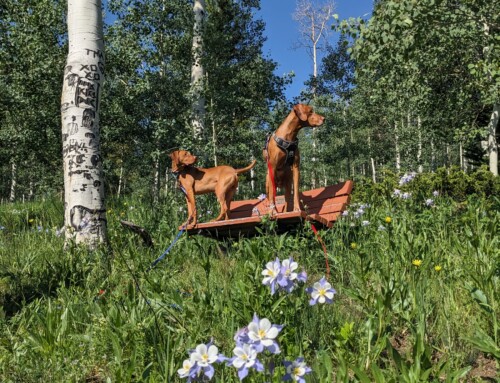
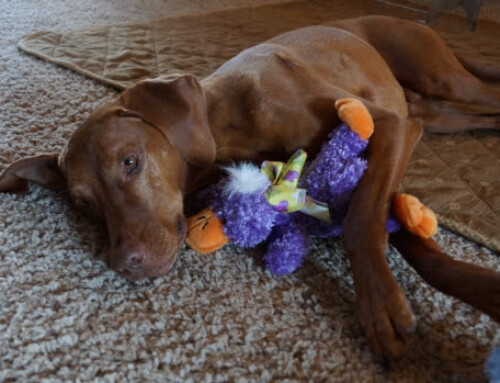
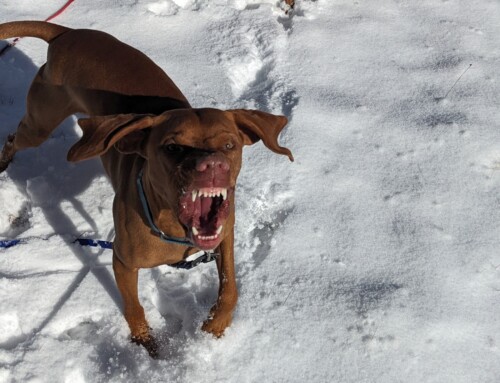
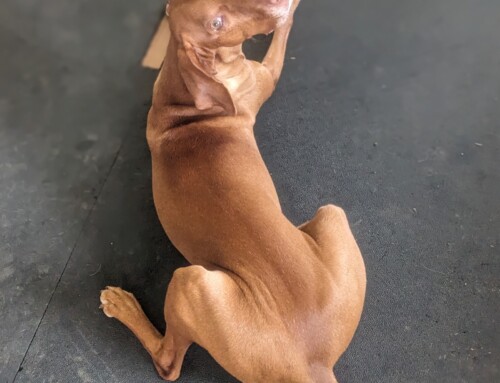
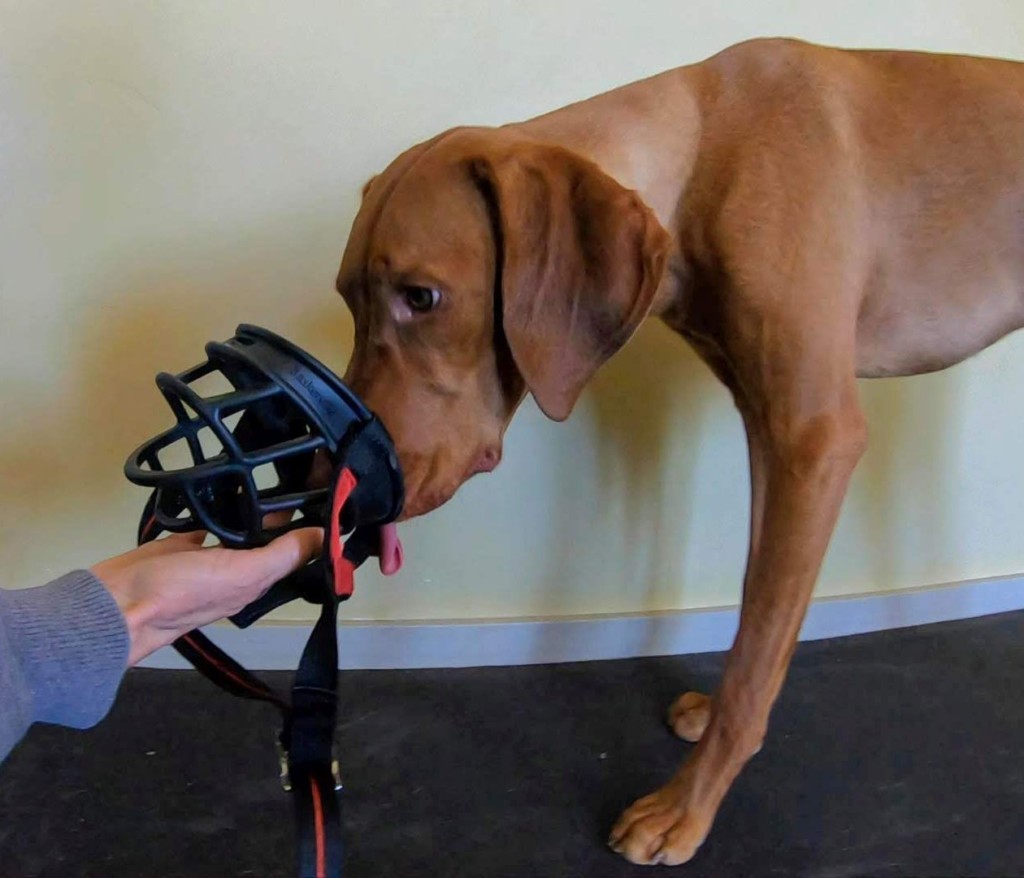
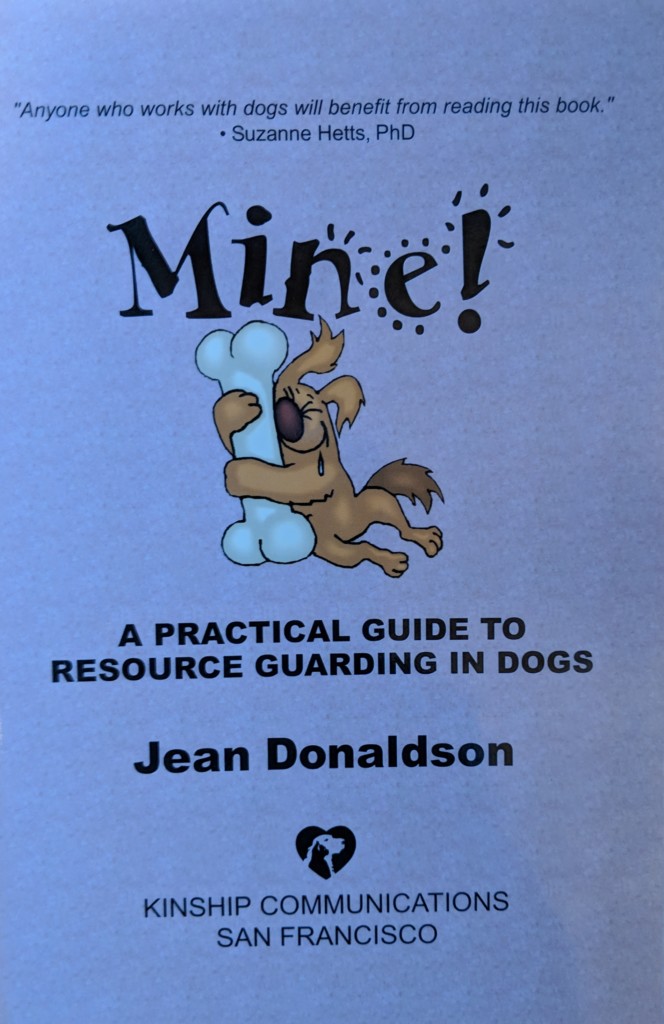
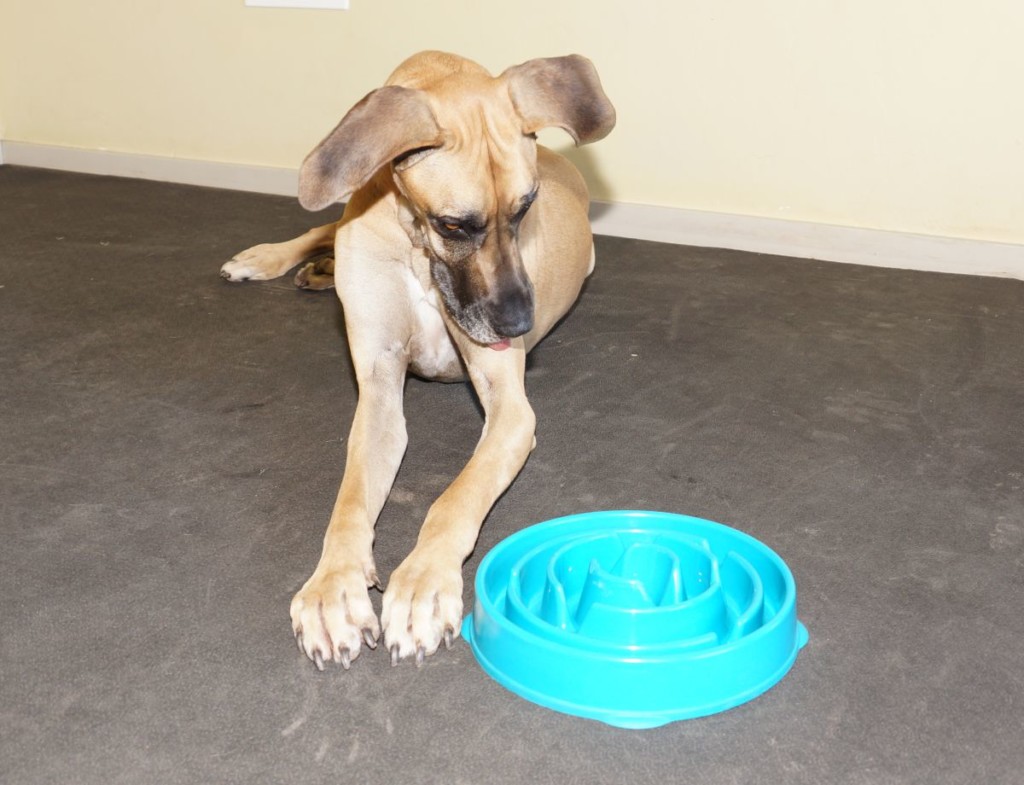
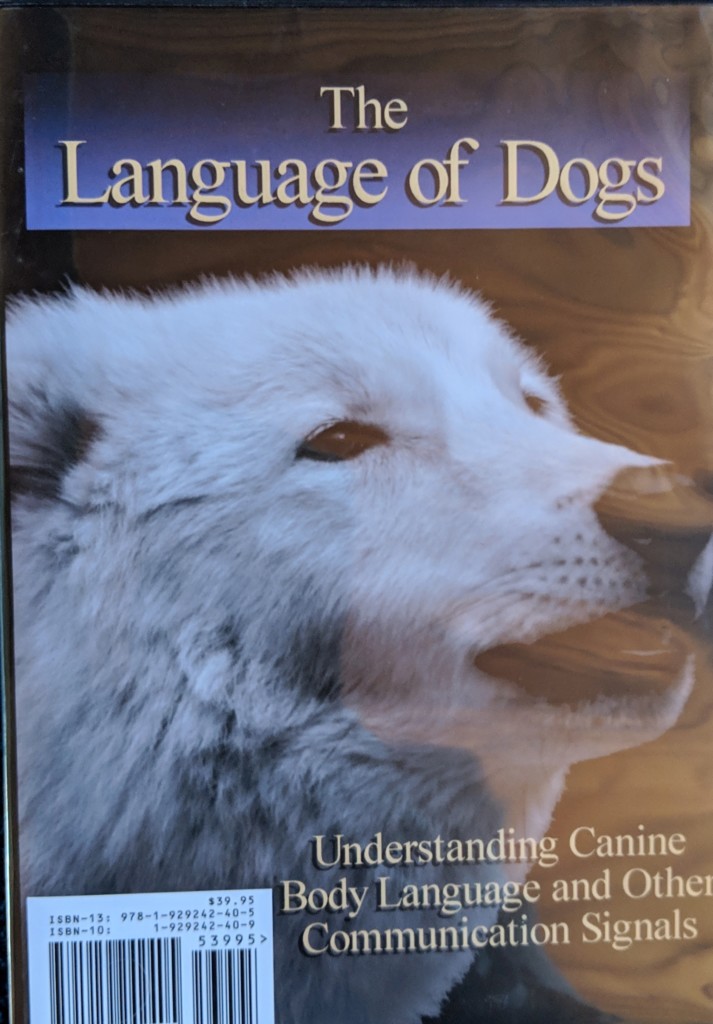
Leave A Comment